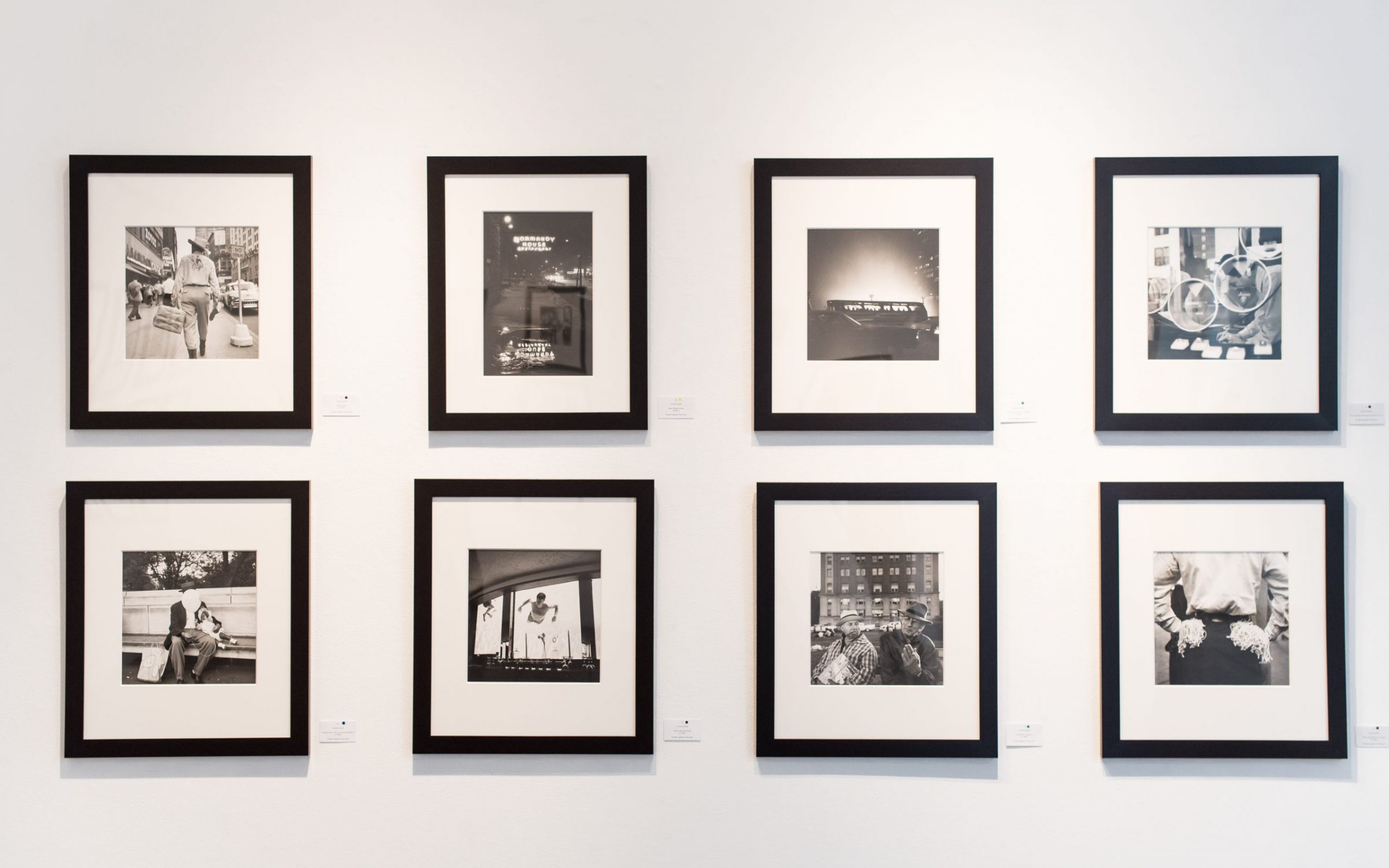In 2007, the collector Jon Maloof won a box of old negatives for $380 at a Chicago auction house; he thinks they might come in handy for the historical book he is writing. The negatives were taken by the deceased photographer Vivian Maier, Maloof googles her when he is home and finds nothing. Little did he know that that box would lead him to expose one of America’s most reclusive artists.
This is how Finding Vivian Maier opens, a documentary tracing the life of an eccentric nanny who led a secret life as a street photographer in Chicago and New York. Between the 1950s and 70s, Maier built a body of work of over 100,000 photographs which remained hidden in storage lockers for decades. But the quality of her work was so impressive that these photographs posthumously secured her a seat among the 20th century’s greatest photographers.
The film, currently available on the streaming platform MUBI, was produced by John Maloof himself after he made it his mission to put together the pieces of the artist’s double life. “You always want to know who is behind the work,” he explains in the documentary.
Born in New York City in 1926 to a French mother and an Austrian father, Maier spent her childhood between America and France. She opted for a quiet domestic job as a nanny, which offered her freedom enough to pursue her likely self-taught photography.
Throughout the documentary, the families she worked for remember her reserved and mysterious nature, but also her eccentric and paradoxical ways. Everything in Vivian Maier was part of an extravagant character carefully constructed; from the obsessive hoarding mania of newspapers, coupons, train tickets, and teeth, to the fake French accent she often put on.
Much of Maier’s oddness comes across in her images as well. She would often portray the unpredictable, the incongruous and the humorous: accidental encounters on the city’s streets made up a large part of her work, objects abandoned in a garbage can were her muse, and playful portraits of wayward children or dogs never failed to capture her attention. Her subjects were often mundane, but she managed to ignite an intriguing aura of mystery, concealing their identity or what caused the expressions printed on their faces.




